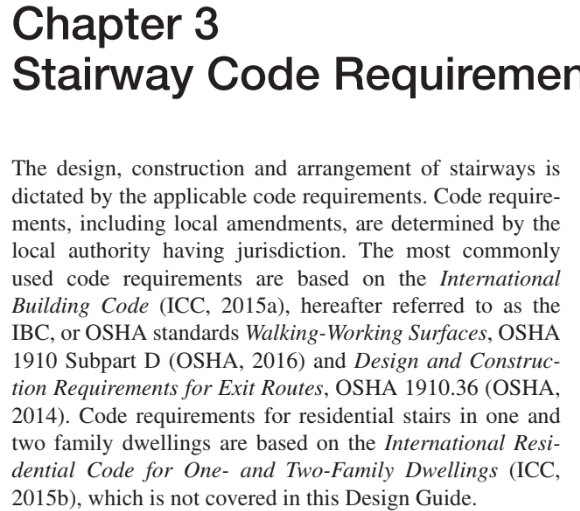I am looking for some pointers to the correct US standards for the design of stairs, access platforms, walkways and handrails.
I have had a look at the OSHA website but I'm finding it difficult to sort through the information, and I'm not even sure I'm in the correct place.
I'm based in the UK but looking at a project where we will be designing and installing access platforms on a vessel. The vessel is classed through Lloyds and the ship rules state that requirements are to an appropriate standard recognised by Lloyds (Part 3, Chapter 8, Section 5, Bulwarks, guard rails and other means for the protection of crew). The vessel is US registered and operates in US waters. So I thought US standards seemed appropriate.
I have had a look at the OSHA website but I'm finding it difficult to sort through the information, and I'm not even sure I'm in the correct place.
I'm based in the UK but looking at a project where we will be designing and installing access platforms on a vessel. The vessel is classed through Lloyds and the ship rules state that requirements are to an appropriate standard recognised by Lloyds (Part 3, Chapter 8, Section 5, Bulwarks, guard rails and other means for the protection of crew). The vessel is US registered and operates in US waters. So I thought US standards seemed appropriate.

